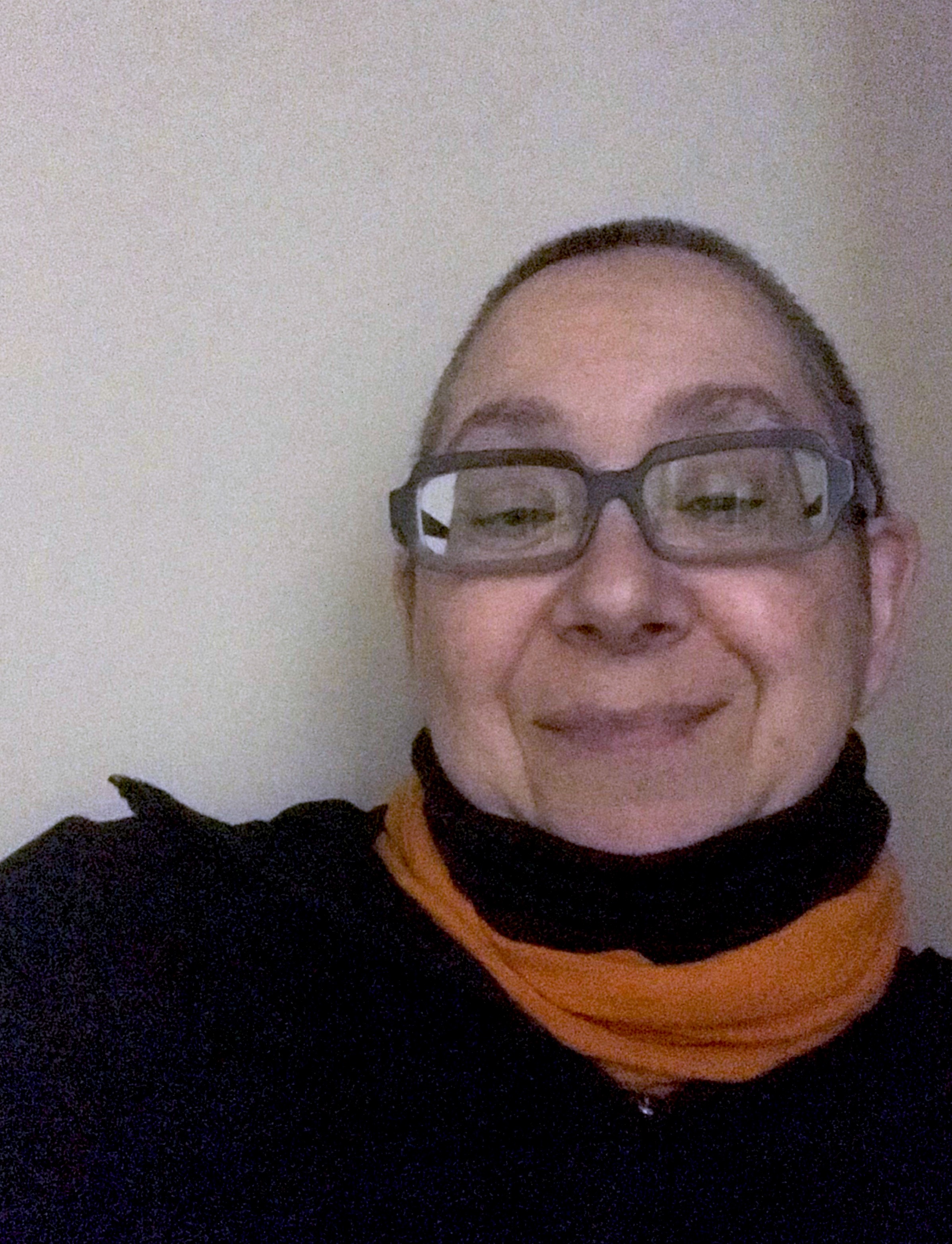
Current affiliation
- Clark University
Hosting institute
Contact
- Email: …
Key expertise
- Trauma Studies
- Neuroaesthetics
Profile according to FFVT taxonomy
Fields of research
- Development Research
- Human Rights Research
- Migration Research
Disciplines
- Civil Engineering / Architecture / Urban Studies
- Cultural Studies / Literary Studies / Linguistics
- Medical And Health Sciences
- Philosophy And Religious Studies
- Psychology
- Sociology
- Other
Professional Career
Visiting Scholar Department of Sustainability and Social Justice, Clark University
PhD in Humanities, Centre for Interdisciplinary Studies in Society and Culture, Concordia University (2013)
Graduate Diploma in Public Safety: Emergency Management, Wilfrid Laurier University (in progress, 2024)
Research profile
Q1. Who are you?
I am a second-generation Holocaust survivor and interdisciplinary researcher, artist, and policy analyst focused on the role of aesthetics and homemaking in the contexts of forced displacement, including those induced by climate change. My trauma-informed work integrates artistic praxis, studies in neuroaesthetics, and refugee policy to explore how beauty in the built environment can contribute to self-reliance, community resilience, and wellbeing for individuals who have been uprooted. I hold a PhD in displacement studies and have significant experience working with communities impacted by forced migration and climate change, from Palestinian refugee camps to the Eastern Canadian Arctic.
Q2. What was your motivation to apply for the FFVT fellowship? Why Germany?
I applied for the FFVT fellowship to advance my research into the role of aesthetics in post-displacement recovery, particularly in relation to climate-induced migration. Germany, with its migration history and strong human rights focus, provides an ideal setting, and the Centre for Human Rights (CHREN) in Erlangen-Nürnberg offers the intellectual resources and networks to support this inquiry. The fellowship aligns with my interest in policy responses to climate displacement, particularly through initiatives like CHREN’s 'More than 4 Walls' project, while allowing me to engage with ongoing research-creation in Europe and other global contexts.
Q3. What do you expect from the fellowship?
I expect to deepen my theoretical and practical engagement with climate-induced displacement and the role of aesthetics in the built environment, while collaborating with scholars and refugee community networks focused on human rights and migration. The fellowship offers an opportunity to expand my network and integrate my findings into policy discussions, as well as in new and ongoing community-led projects in refugee camps and other displacement contexts. I aim to advance the conversation on how creative practices and aesthetics can play a pivotal role in human rights and displacement.
Q4. What is the focus of your work, and what is innovative about it? / What are your planned outcomes and activities for the fellowship period? And how do they relate to your FFVT hosting institution/The FFVT cooperation project?
My work focuses on how beauty and home-making practices support recovery after forced displacement, including in climate-induced migration contexts. What is innovative about my work is its interdisciplinary nature: it draws from art, housing theory, trauma studies, and refugee policy to demonstrate that home beautification is not merely decorative but critical for psychological recovery and rebuilding a sense of belonging. During the fellowship, I plan to develop a new body of work called “Displacement Codes: Contemplative Performance and the Climate Crisis (in collaboration with Karina Kesserwan), contribute to the CHREN’s “More than 4 Walls” project and pursue other initiatives that align with the FFVT’s focus on networking and forced migration and refugee studies.